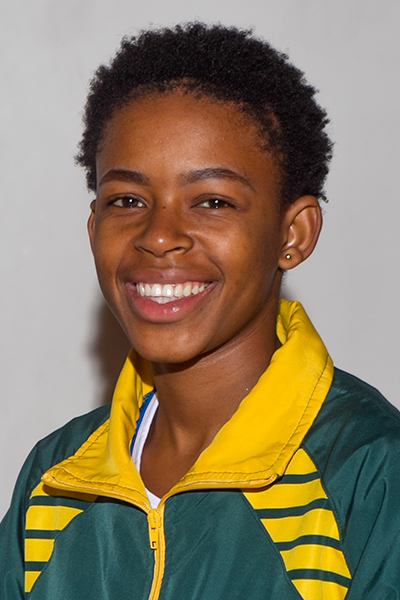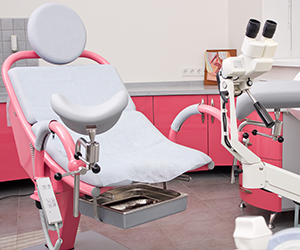Latest News Archive
Please select Category, Year, and then Month to display items
07 March 2018
Photo Supplied
 Ts’epang Sello, one of the Kovsie contenders for a medal at Friday’s Varsity athletics meeting.
Ts’epang Sello, one of the Kovsie contenders for a medal at Friday’s Varsity athletics meeting.
Ts’epang Sello, one of the Kovsie contenders
for a medal at Friday’s Varsity athletics meeting.
Photo: Supplied
The University of the Free State will hope to start developing their next Wayde van Niekerk when the first Varsity athletics meeting takes place on Friday at the Tuks Athletics Stadium in Pretoria.
The second meeting is on 23 March, also in Pretoria.
Thirteen members (five men and eight women) of the Kovsie team of 25 are still under the age of 21.
The hope for medals among the men would be on Sefako Mokhosoa (triple jump), Hendrik Maartens, and Tsebo Matsoso (both 200 m). Mokhosoa, who represented South Africa last year at the Southern Region Championships, is in red-hot form and achieved a personal best of 16.13 m at the Motheo/Xhariep meeting two weeks ago. This is currently the third best distance in the country for 2018.
Maartens would like to go one step further. In last year’s final Varsity meeting, he finished second in 20.62. Great things are expected of Matsoso, a first-year student who competed at the African Junior Championship in 2017. Last year, he was one of the top athletes at school level by winning the SA title in a time of 21.14.
Ts’epang Sello (800 m) and Elmé Smith (100 m and 200 m) will lead the charge for the women. Sello already came close to her personal best (2:09.8) this year, while Smith has also been running fast times. Her best this year was 11.88 (100 m) and 24.53 (200 m).
Tyler Beling (1 500 m) is another first-year student who is showing great potential. She obtained a fourth position at last weekend’s CAA Southern Region Cross-country Championships. Maryke Brits (100 m hurdles and long jump) is a possible medallist, despite running her first event for the year on Wednesday night.
The meeting starts at 17:15 and will be broadcast on SuperSport 5.
Care centre goes high-tech to help sexual abuse victims
2016-11-25

The colposcope, donated by the Discovery Fund,
will be used during gynaecological examinations
to detect any irregularities.
Photo: Supplied
Rape is one of South Africa’s most pressing social problems. Rape levels in the country are often discussed and reported on, but it does not deter perpetrators from this behaviour. According to Africa Check, of the more than 42 000 rape cases reported in 2015, 15 790 were child rape cases.
In an effort to assist victims of sexual assault and rape, the University of the Free State (UFS) Department of Family Medicine adopted the Tshepong Thuthuzela Care Centre, under the leadership of UFS lecturer Dr Mariaan Kotze.
The Discovery Fund donated a colposcope to Tshepong Thuthuzela Care Centre, an instrument that works with the help of a bright light and which is used to examine victims of abuse. It has also become a standard of good practice in the assessment of child abuse worldwide. According to Dr Kotze, the new instrument will also be used for training health practitioners by rendering clinical forensic services to abuse victims.
Managing complex issues
The care centre works with between 80 and 120 victims of rape each month, a third of whom are children under 14 years of age. According to Dr Kotze, the management of child sexual abuse victims is more complex than with adults; as there is a higher chance of missing or over-diagnosing abnormalities. Also, she says, the examination process is often observed by a group of healthcare practitioners, an experience which is often intrusive and intimidating for the child. With the colposcope, the timeframe of the examination is shortened, and can be captured and viewed in real time, without the victim being present.
Best care for victims
The colposcope is a magnifier and light source used during gynaecological examinations. It is instrumental in providing the best care to victims of sexual abuse, and helps diagnose and assist in the treatment of cases of abuse. Its ability to capture and review images at the time of examination allows for retrospective research, and improves the ability of expert witnesses in court cases.